
Bunions are often considered to be a female-specific foot problem, but the truth is, these deformities frequently occur in people of all genders and ages (apart from the very youngest in our society—at least until conventional footwear is adopted). For women who wear high-heeled footwear frequently throughout their lives, the likelihood of developing a bunion is quite high. However, due to the flawed shape and construction of modern shoes, anyone who wears conventional footwear is at risk of developing a bunion, including men.
Contrary to popular belief, bunions are not hereditary, and they do not form spontaneously as a growth off the bone. Bunions occur slowly, over time, and are the result of a partial dislocation of the first metatarsophalangeal (MP) joint (i.e., the joint between your big toe bone and its corresponding metatarsal bone) caused by injurious footwear. Indeed, bunions, as well as other passive toe deformities, develop gradually, usually over decades, but sometimes even over a period of just a few years, if the predominant footwear worn during this time incorporates tapering toe boxes and other harmful design elements.
While high heels and other narrow toe box dress shoes possess the most harmful shape (and have the most significant repercussions on toe alignment), the majority of footwear available to consumers today still holds the big toe in a bunion configuration. Running shoes, hiking boots, casual shoes, and even sandals often have narrow toe boxes or footbeds, along with heel elevation, toe spring, and even built-in arch props.
By pinching the toes together, elevating the heel and toes above the ball of the foot, and propping up the main foot arch, conventional shoes force a deviation of the big toe toward the other toes, resulting in an eventual partial dislocation of this toe and, for some people, a partial or even complete loss of big toe mobility.
By wearing foot-healthy shoes that allow your foot to function like nature intended, many people have found that they can combat the development of bunions and work toward regaining optimal toe splay and alignment. Pairing men's or women's foot-healthy footwear with Correct Toes toe spacers, Injinji toe socks, and Pedag metatarsal pads or Strutz Pro foot pads can, in many cases, work quite well for rehabilitating existing bunions and returning the big toe to its normal anatomical position, or for simply promoting optimal foot health to prevent future injuries or problems.
Here are some additional resources from our site concerning bunions and what you can do to help prevent or address them using natural (i.e., nonsurgical) methods:
If you would like even more in-depth info about bunions, consider signing up for our free Bunions e-course, along with any other natural foot health topics you find interesting. You may also find value in our article entitled How to Shop for Shoes, which provides you with all the insight you need to make informed choices about your footwear selections.

WANT TO IMPROVE YOUR FOOT HEALTH?
Let the team at Natural Footgear help you! Subscribe to our newsletter for the latest offers and helpful info, and sign up for our FREE email courses on various topics and foot health conditions.
Sign Up →
Want to Improve Your Foot Health?
We are here to help you every step of the way. Get our newsletter for the latest offers and helpful info, and sign up for our FREE email courses on various topics and conditions, including bunions, hammertoes, neuromas, plantar fasciosis, shin splints, ingrown toenails, and more.
Sign Up →
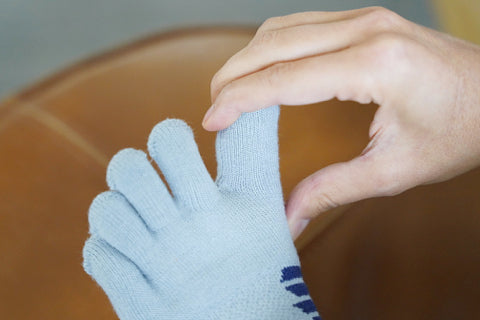 The short answer is yes! But this depends on the severity of the bunion deformity and how long the problem has existed before beginning a bunion rehabilitation program. In our experience, we have found that the Big Toe Stretch is a helpful first-line exercise in achieving bunion correction. Stretching the tight muscles and tendons on the inside aspect of the big toe is an important step in this process, though...
Read more
The short answer is yes! But this depends on the severity of the bunion deformity and how long the problem has existed before beginning a bunion rehabilitation program. In our experience, we have found that the Big Toe Stretch is a helpful first-line exercise in achieving bunion correction. Stretching the tight muscles and tendons on the inside aspect of the big toe is an important step in this process, though...
Read more



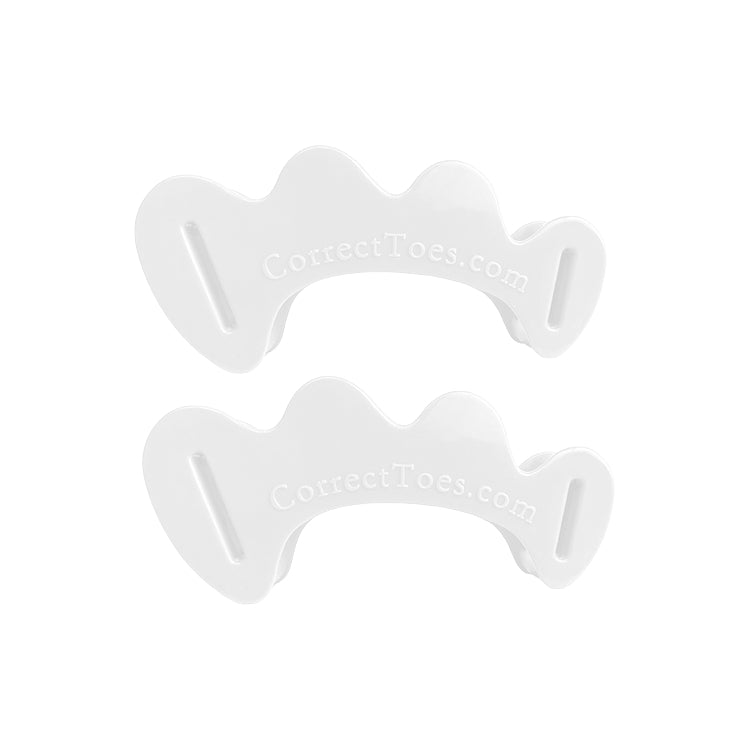
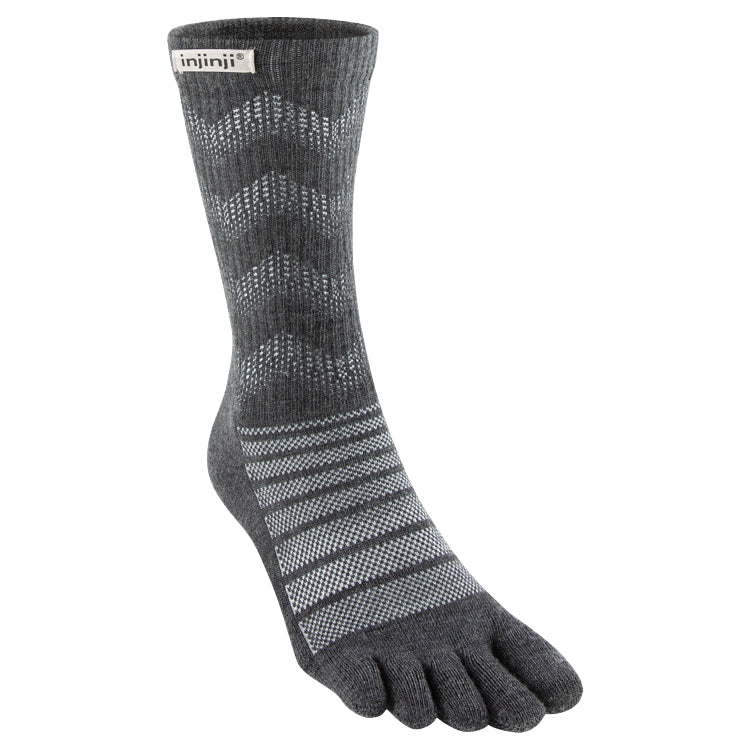
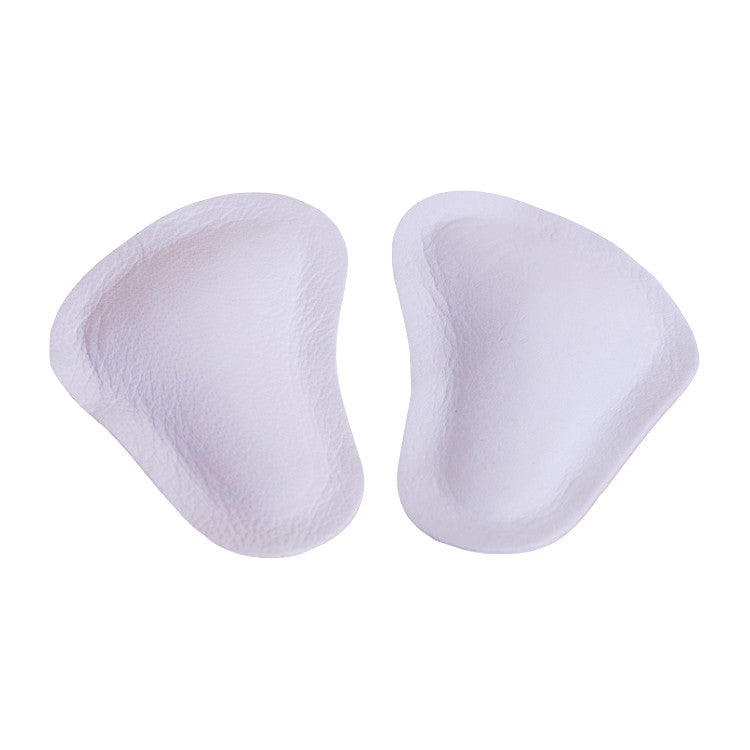
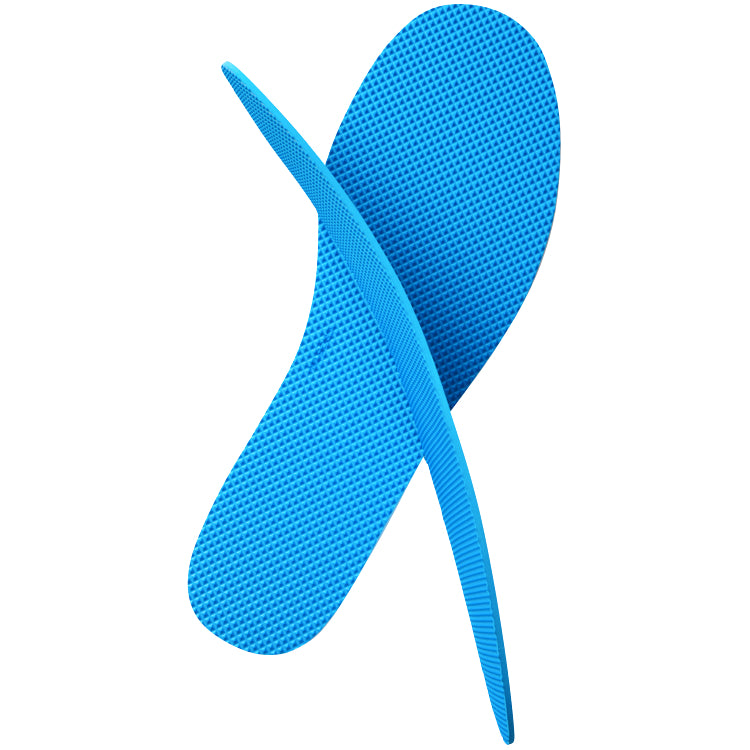
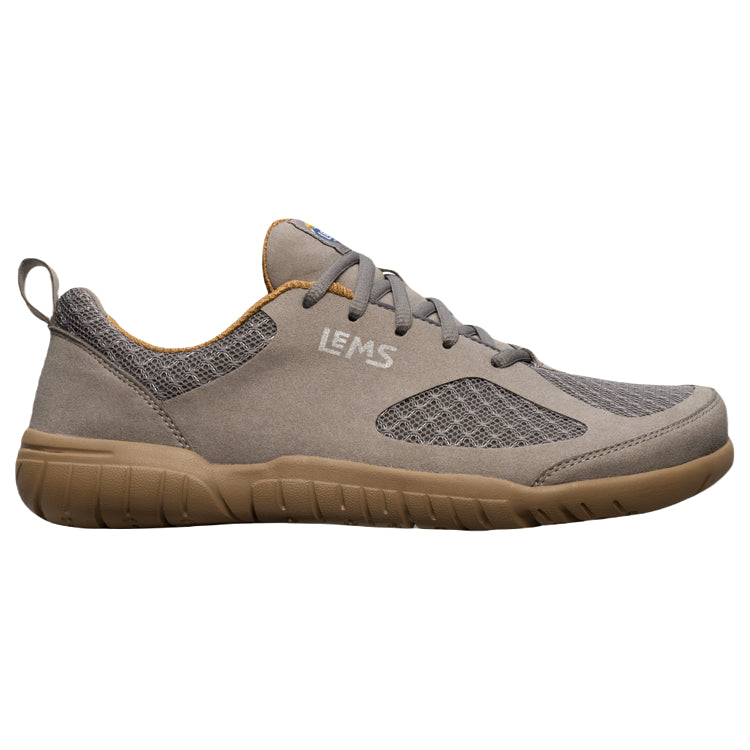
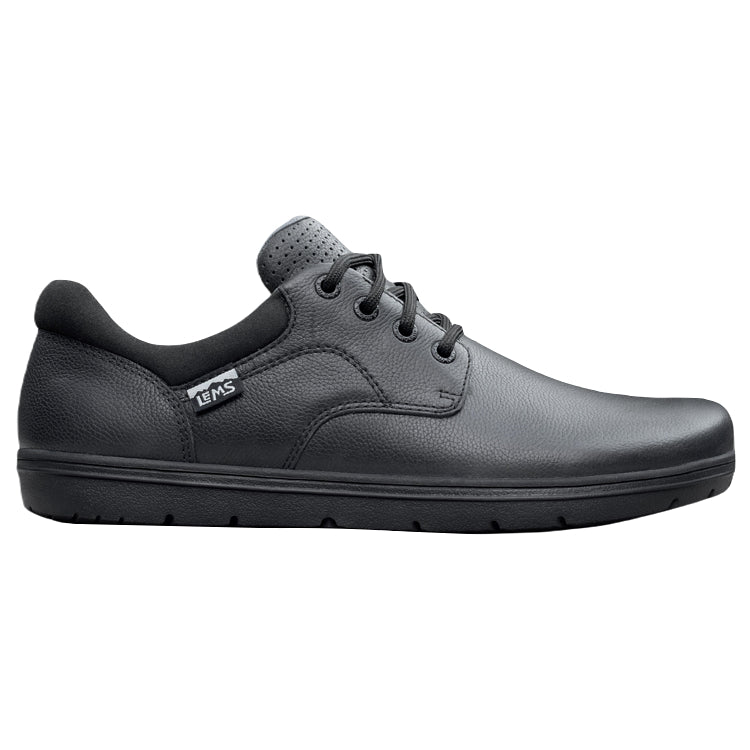
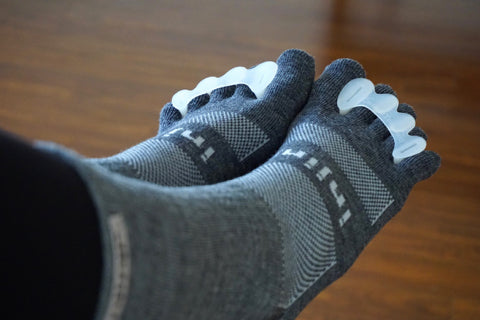
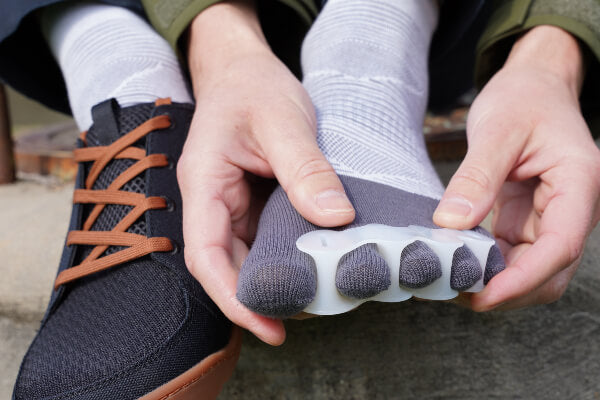
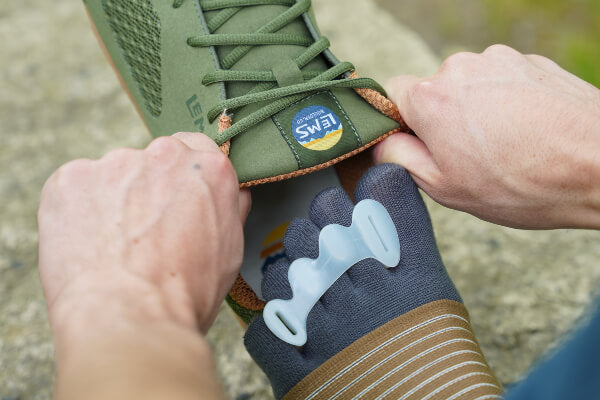
The fact that men get bunions too suggests that there must be a hereditary factor. If it was purely down to footwear, then the degree of bunion formation would depend on the narrowness/pointedness/heel height of the footwear worn. My mom wore high-heeled shoes daily for most of her adult life, but at 82, she has good feet. My dad, who always wore “sensible” wide shoes, has the most terrible bunions. My sister was born with crooked toes, and the doctors told my mom to always buy wide shoes for her children, which she did (my toes were normal at birth). As an adult, I have always bought the widest shoes I could find—generally a size or two too big to accommodate my wide feet—and have worn barefoot shoes since Born to Run was published in 2009.
However, I too have developed bad bunions, though they are not as bad as my dad’s (yet). I feel that there must be another factor here: Is it wide feet, overpronation, or fallen arches? I think that going barefoot whenever possible, using Correct Toes, and wearing barefoot shoes (as well as regularly doing yoga) has slowed the progression of my bunions a little, but I am still envious of people, such as my wife, who have done none of these things and wear conventional shoes and have great feet. I’m not saying that bunions are directly inherited, but that there must be genetic factors that predispose certain people to bunion formation. I look to you guys to find out what these factors are! Keep up the good work!
Hi, Mark,
Thank you for your comment. Lifestyle and footwear factors, as well as genetic factors, can all play a role in bunion formation. Some individuals may have differences in the plasticity and elasticity of their soft tissues that make bunions more likely to occur when wearing conventional footwear, but very few (if any) people actually possess a genetic component that directly causes bunions. In your case, it sounds like you’ve been taking great steps to manage and slow down the progression of your bunions through barefoot shoes, Correct Toes, and yoga. I think you’ll continue to notice foot health gains by sticking with this approach—and even slow or modest gains are worth celebrating! Please keep monitoring these changes over time and let us know where you’re at down the line.
All the best,
Robyn Hughes, ND